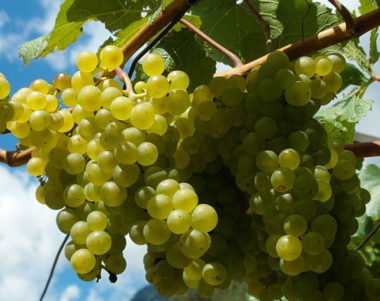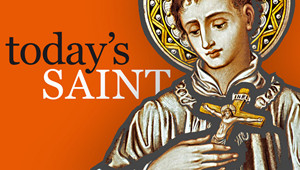In the Gospel of last week Jesus called Himself the Good Shepherd and spoke about his role as guide and protector of his flock. Those words are very comforting and reassuring. We know that he will care for us, that he will never leave us as orphans and that we can feel safe within his embrace. His words also speak about the great sacrifice that he must make. As the Good Shepherd, he gives his life for his sheep.
 The emphasis is all on Jesus, the shepherd and his role in our salvation. We are the recipients, the objects of all his love and concern. If we were to stop here we could easily reach the point where we leave all of the initiative to him and merely follow where he leads us.
The emphasis is all on Jesus, the shepherd and his role in our salvation. We are the recipients, the objects of all his love and concern. If we were to stop here we could easily reach the point where we leave all of the initiative to him and merely follow where he leads us.
But Jesus doesn't stop there. In this week's Gospel he refers to himself as the "True Vine", and he presents us with quite a different emphasis, the focus of which is our role within this mystery.
Jesus says: "I am the True Vine and my Father is the vinedresser. I am the vine who feeds and nourishes. You are the branches." This is not quite as comforting or easy going as we may think. The True Vine provides nourishment but it is our job to bear much fruit.
Jesus uses the imagery of the vine and the branches to dramatize the intimate, life-giving connection that he offers to those who believe in him. He promises that if we remain united with him in faith and love we will be alive and fruitful. He reminds us that being connected to him is necessary for healthy growth. But he also tells us that we cannot be connected to him without being connected to - and dependent upon - one another.
There is, of course, another important dimension to these words. Remember that this passage is part of the great 'farewell discourse' in John's Gospel, given in the upper room after Jesus washed the feet of his disciples during the Last Supper. The image of the Vine and Branches tells us that we cannot exist on our own, without the sustenance from him who is our Source of Life and Love. It also shows us that we cannot exist without the support and love of one another.
Love is the ultimate connection. This is his "new commandment." We are not only connected to him but to one another. He taught the truth, he spoke words of comfort, he healed the sick, he brought sight to the blind, he rebuked those who needed to be rebuked, he spent time in prayer and in communion with the Father. Ultimately he laid down his life for His brothers and sisters.
And He invites and calls us to go and do likewise. He calls us to love not only in word or speech but in deed and in truth. It is only within the loving support of the community that we maintain our connection with Jesus, the vine, and are assured that His life will continue to flow in us and through us and make us fruitful as his disciples.





